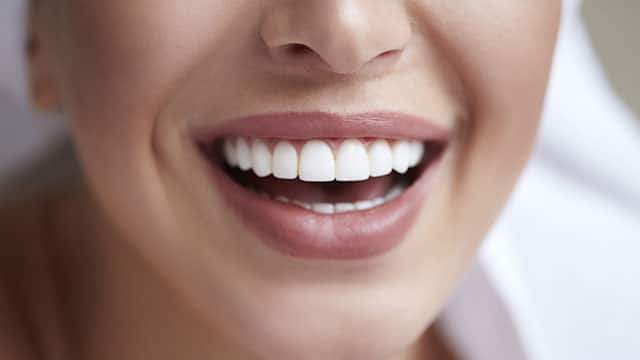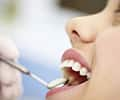What Is Centric Relation?
Multiple definitions of centric relation have evolved. That's why members of the Academy of Prosthodontics were surveyed to determine how they defined centric relation to reach some consensus. A report in the Journal of Prosthetic Dentistry analyzed the results of that survey and determined that centric relation is a "spatial relationship" that is:
- A clinically determined relationship of the maxilla (the bone that forms your upper jaw) to the mandible (the lower jaw)
- A position that's repeatable
- Independent of tooth contact
- A physiologic position
What does it mean that centric relation is a repeatable position? We often don't think about this, but when we chew or speak, our lower jaws always return to the same initial position when relating to the upper jaw. This is a repeatable position that occurs naturally.
Centric Relation vs. Centric Occlusion
Centric occlusion describes your lower jaw's position when all your teeth come together when you take a bite. Spear Education explains that it's the complete intercuspation (meshing together of the cusps) of the opposing teeth, also known as maximum intercuspation (MIP). Unlike centric relation, centric occlusion is independent from the position of the jaw joint. In a few people, centric occlusion equals centric relation. But in many other cases, MIP and CR vary anatomically, which can result in problems.
Why Is Centric Relation Important?
A study in the International Journal of Preventive and Clinical Dental Research notes that the accurate determination of CR is essential in the construction of dentures. Many dentures fail if they're not constructed in harmony with this position. Centric relation has also become an essential consideration in restorative dentistry, orthodontia, and full-mouth reconstruction.
According to Inside Dentistry, a patient should be treated to centric relation when evidence that occlusal disease is present, when the patient's joints are healthy, and when a repeatable restorative position is required. Since centric relation is predictable and repeatable, it can help the dentist minimize occlusal disease.
Experts have also made connections between treating temporomandibular joint (TMJ) problems and centric relation. For example, a Compendium of Continuing Education in Dentistry study notes that the mandibular position of centric relation and centric occlusion may affect the TMJ position.
How to Determine Centric Relation
According to the International Journal of Preventive and Clinical Dental Research, there are two ways to record and determine centric relation. In the first one, your dentist must make the record with minimal pressure to avoid any displacement of your supporting tissues. In the second one, your dentist will record centric relation under heavy pressure to displace your supporting tissues.
Now that you know what centric relation is, you know why it's an important dentistry term. And don't forget, your dentist is always available to help with any questions and concerns. Always consult with your dentist to determine if your jaw and bite are correctly aligned and if you need any treatment.
Oral Care Center articles are reviewed by an oral health medical professional. This information is for educational purposes only. This content is not intended to be a substitute for professional medical advice, diagnosis or treatment. Always seek the advice of your dentist, physician or other qualified healthcare provider.
ORAL HEALTH QUIZ
What's behind your smile?
Take our Oral Health assessment to get the most from your oral care routine
ORAL HEALTH QUIZ
What's behind your smile?
Take our Oral Health assessment to get the most from your oral care routine
Join Us
Get the best of your oral health routine and take it to the next level with expert advice, recommendations, products and solutions and special offers.
Join Us
Get the best of your oral health routine and take it to the next level with expert advice, recommendations, products and solutions and special offers.















